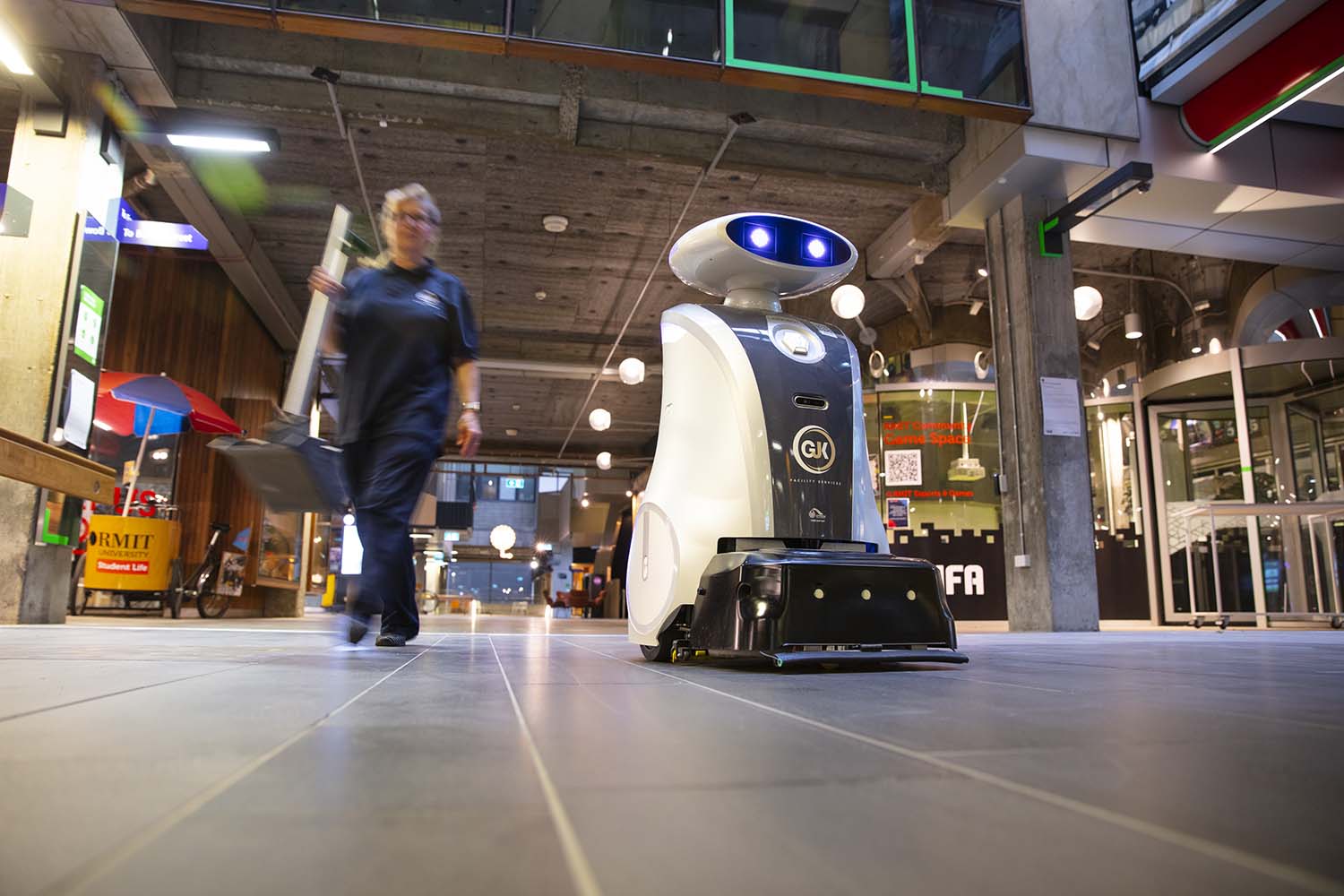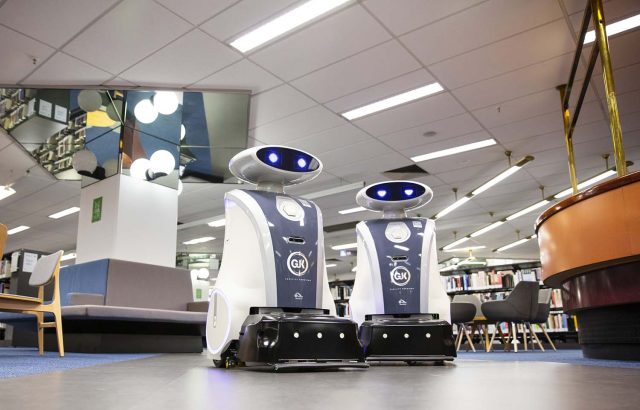Harnessing the Power of Cleaning Robotics: Revolutionising Commercial Cleaning Industry

Cleaning robotics pose significant advancements, revolutionising the way commercial cleaning services are delivered and experienced.
The commercial cleaning industry is undergoing a transformative shift with the adoption of cleaning robotics. These advanced machines, equipped with artificial intelligence (AI), machine learning, and IoT capabilities, offer a wide array of benefits that revolutionise cleaning operations. From optimising cleaning efficiency to improving quality, safety, and sustainability, cleaning robotics is reshaping the industry. In this blog, we will explore the numerous advantages of cleaning robotics and their impact on the commercial cleaning sector.
Optimising Cleaning Operations with AI and Machine Learning
One of the key benefits of cleaning robotics is their ability to optimise cleaning operations through AI and machine learning. These intelligent machines can learn and adapt over time, constantly improving their cleaning performance. By analysing data from various sensors and cameras, cleaning robots can identify patterns, adjust cleaning strategies, and optimise routes for maximum efficiency. This leads to consistently high-quality cleaning results, even in complex and large-scale environments.
IOT Data Capture and Analysis for Improved Decision Making
Cleaning robots, integrated with IoT technology, capture and analyse valuable data that can be utilised for improved decision making. These robots can collect real-time information about cleaning tasks, such as areas with high foot traffic or frequently soiled surfaces. This data enables facility managers to make informed decisions regarding cleaning schedules, resource allocation, and maintenance. Furthermore, IoT data analysis provides valuable insights into building occupancy patterns, allowing for efficient cleaning strategies that meet the specific needs of each area.
Ensuring a More Consistent Cleaning Service
In traditional cleaning operations, the absence of cleaning staff or labour shortages can result in inconsistent cleaning services. However, with the deployment of cleaning robotics, the impact of absenteeism and labour shortages is significantly reduced. These robots can operate autonomously, ensuring a consistent level of cleaning service regardless of human factors. As a result, building occupants can rely on a consistently clean environment, enhancing their satisfaction and overall experience.
Improving Quality by Focusing on Critical Cleaning Tasks
Cleaning robotics allows human cleaning teams to focus on more critical, high dexterity cleaning tasks. While robots excel at repetitive and routine cleaning activities, specialised cleaning tasks that require intricate manual skills can be better handled by human cleaners. By offloading mundane tasks to robots, cleaning teams can allocate their time and expertise to tasks that require human judgment and attention to detail. This results in improved overall cleaning quality and customer satisfaction.
Enabling Social Distancing and Reducing Health Risks
The recent global health crisis has emphasised the importance of maintaining social distancing and reducing the risk of illness transmission. Cleaning robotics plays a crucial role in addressing these concerns. With autonomous cleaning machines, fewer human cleaners are required to be physically present, reducing the density of individuals in each area. This not only helps in preventing the spread of infectious diseases but also minimizes productivity loss due to absenteeism resulting from illness.
Improved Safety for Cleaners with Reduced Manual Work
Cleaning robotics significantly improves safety for cleaning professionals by reducing the need for manual, repetitive work. Repetitive cleaning tasks can lead to strain and injuries for cleaners, impacting their well-being and productivity. By leveraging cleaning robots for repetitive tasks, such as vacuuming or floor scrubbing, human cleaners can focus on tasks that require critical thinking and problem-solving skills. This reduces the risk of injuries and ensures a safer working environment for cleaning teams.
Enhanced Sustainability through Reduced Water and Chemical Use
Cleaning robotics contributes to improved sustainability by reducing water and chemical consumption. These machines are designed to optimize resource usage, ensuring that the right amount of water and cleaning solutions are utilised. Advanced sensors and AI algorithms enable precise measurements and controlled dispensing, minimising waste. Additionally, cleaning robots are programmed to follow efficient cleaning paths, avoiding unnecessary duplication and reducing overall cleaning time. This leads to significant water and energy savings, promoting environmental stewardship.
All in all, cleaning robotics represents a transformative technology trend that brings numerous benefits to the commercial cleaning industry. By harnessing the power of AI, machine learning, and IoT, these advanced machines optimise cleaning operations, improve decision-making processes, ensure consistency, enhance quality, promote social distancing, improve safety, increase sustainability, and drive cost savings. GJK has a fleet of vacuuming, mopping and scrubbing robots that have transformed how we are delivering cleaning solutions to our customers.
As the industry continues to embrace the potential of cleaning robotics, it is poised for significant advancements, revolutionizing the way commercial cleaning services are delivered and experienced.



